
Apophenia
Generative Code, Web Design 2023
Apophenia is a cognitive tendency where individuals perceive patterns or connections in abstract or random data. This natural human phenomenon is driven by the brain's inclination to seek out patterns and meaning in the environment. The brain attempts to comprehend the information it receives by establishing links between various pieces of data. For instance, observing faces in clouds or hearing voices in white noise are common examples of Apophenia. My senior thesis delves into this exact phenomenon, investigating it using various generative codes such as Perlin noise, Mesh, and the Mandelbulb. The objective of my research is to showcase abstract movements in patterns and create an archive of the viewers' responses and their associations with such patterns.
Generative Code, Web Design 2023
Apophenia is a cognitive tendency where individuals perceive patterns or connections in abstract or random data. This natural human phenomenon is driven by the brain's inclination to seek out patterns and meaning in the environment. The brain attempts to comprehend the information it receives by establishing links between various pieces of data. For instance, observing faces in clouds or hearing voices in white noise are common examples of Apophenia. My senior thesis delves into this exact phenomenon, investigating it using various generative codes such as Perlin noise, Mesh, and the Mandelbulb. The objective of my research is to showcase abstract movements in patterns and create an archive of the viewers' responses and their associations with such patterns.
Mandelbulb
The Mandelbulb, a mesmerizing fractal pattern that was discovered by Tom Lowe in 2009, is a 3D extension of the famous Mandelbrot set. The pattern is created by iterating a formula in 3D space, resulting in a complex and intricate design with self-similar patterns that repeat at different scales and angles. While the Mandelbubl is often used to create visually stimulating expereicnes, some viewers may experience Apophenia, where they perceive patterns or connections in the data that are actually there. Here are three examples of the Mandelbulb Patterns I generated using processing.
Mandelbulb Designs
The Mandelbulb, a mesmerizing fractal pattern that was discovered by Tom Lowe in 2009, is a 3D extension of the famous Mandelbrot set. The pattern is created by iterating a formula in 3D space, resulting in a complex and intricate design with self-similar patterns that repeat at different scales and angles. While the Mandelbubl is often used to create visually stimulating expereicnes, some viewers may experience Apophenia, where they perceive patterns or connections in the data that are actually there. Here are three examples of the Mandelbulb Patterns I generated using processing.
Mandelbulb Designs
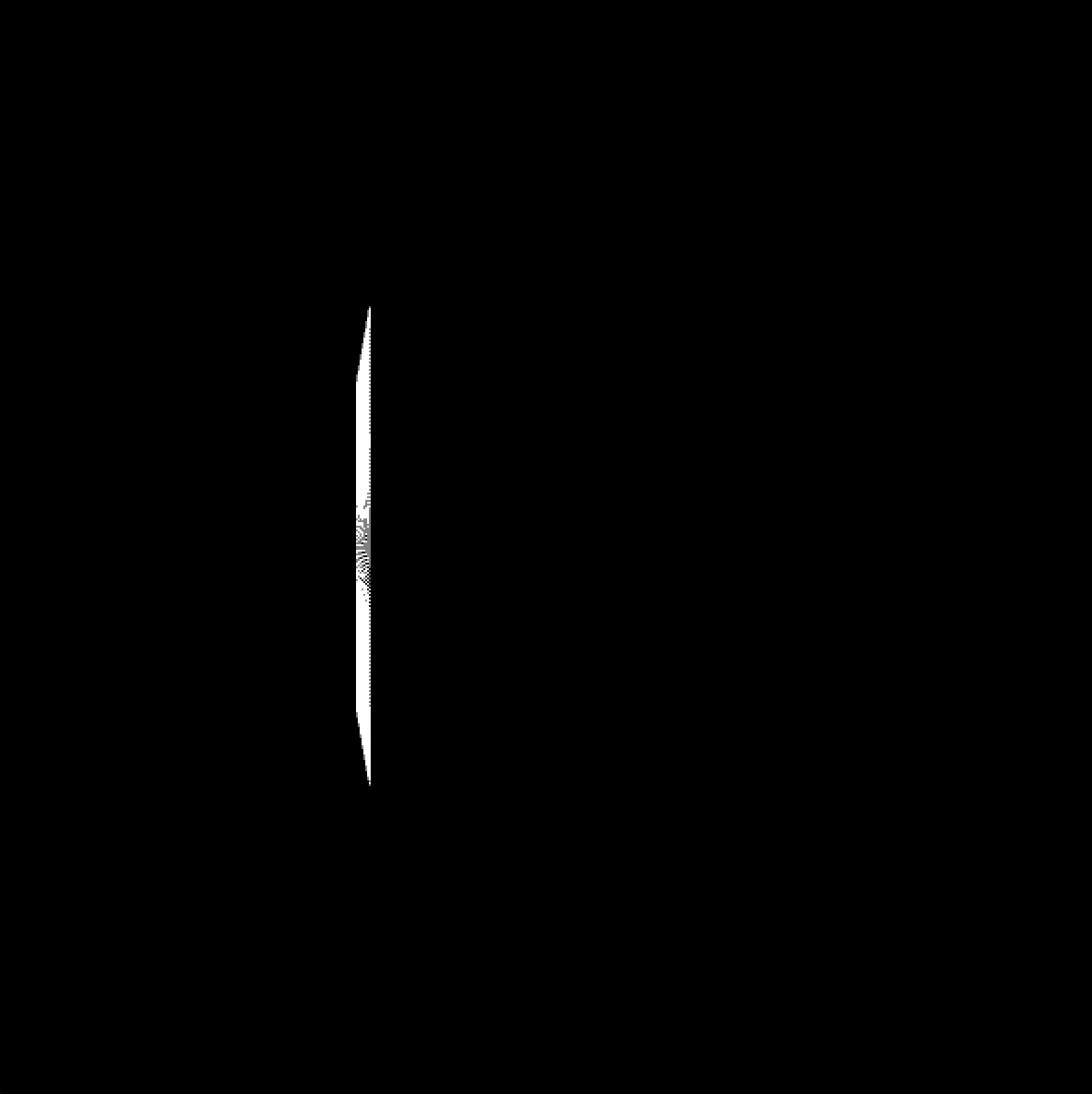

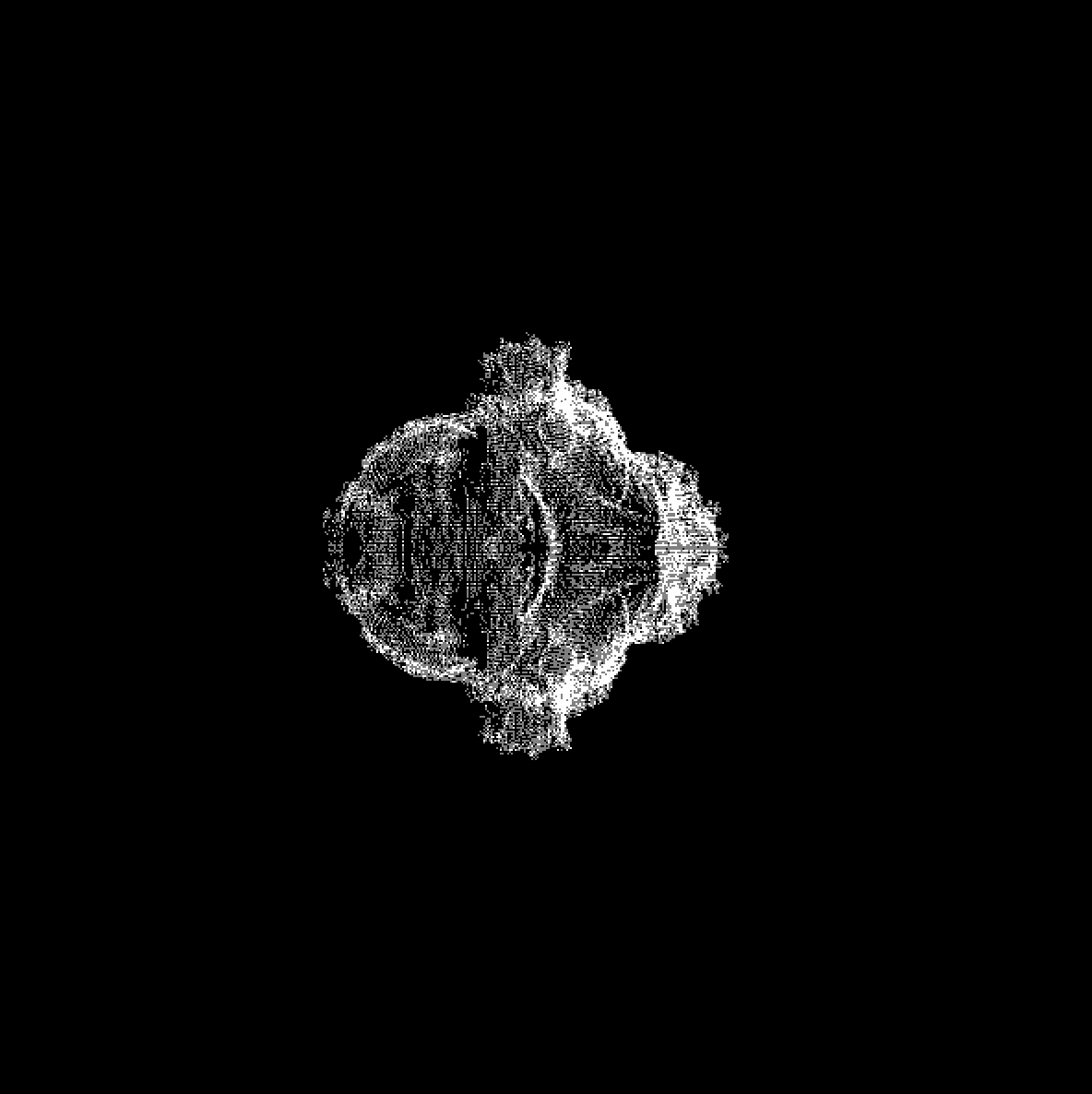
Perlin Noise
Perlin noise is a type of noise that is often used to generate complex, organic-looking patterns. When applied to images or animations, Perlin noise can create a wide range of effects, from flowing textures to swirling clouds. Due to its complex and often unpredictable nature, viewers may perceive patterns or connections in the noise, even when none exist.
This phenomenon is known as apophenia - the tendency to see meaningful patterns in random data. While this can lead to false connections and misconceptions, it can also provide a rich and imaginative experience for those viewing Perlin noise creations.
Here are three examples of the Perlin Noise Patterns I generated using p5js.
Perlin noise is a type of noise that is often used to generate complex, organic-looking patterns. When applied to images or animations, Perlin noise can create a wide range of effects, from flowing textures to swirling clouds. Due to its complex and often unpredictable nature, viewers may perceive patterns or connections in the noise, even when none exist.
This phenomenon is known as apophenia - the tendency to see meaningful patterns in random data. While this can lead to false connections and misconceptions, it can also provide a rich and imaginative experience for those viewing Perlin noise creations.
Here are three examples of the Perlin Noise Patterns I generated using p5js.
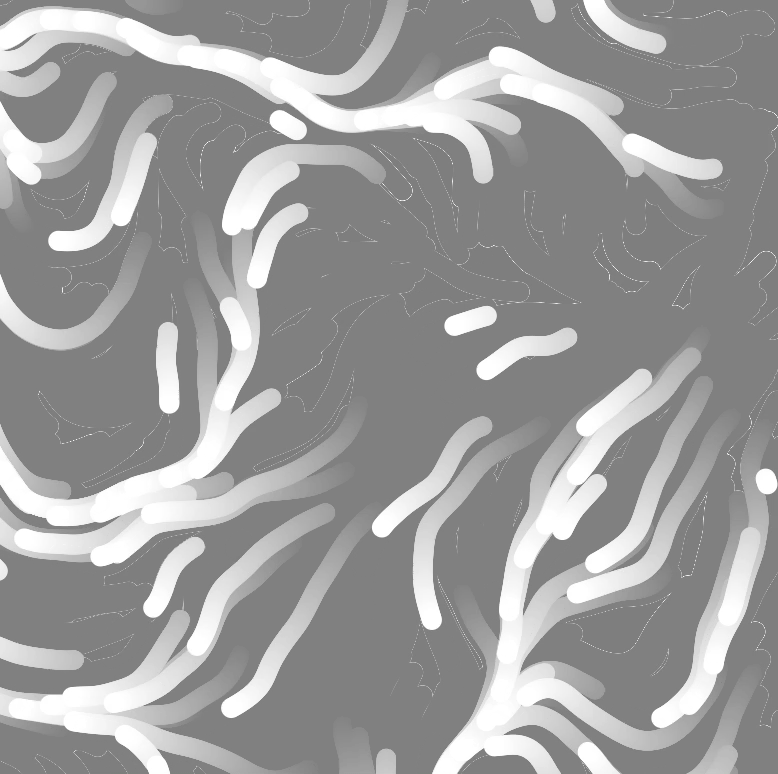
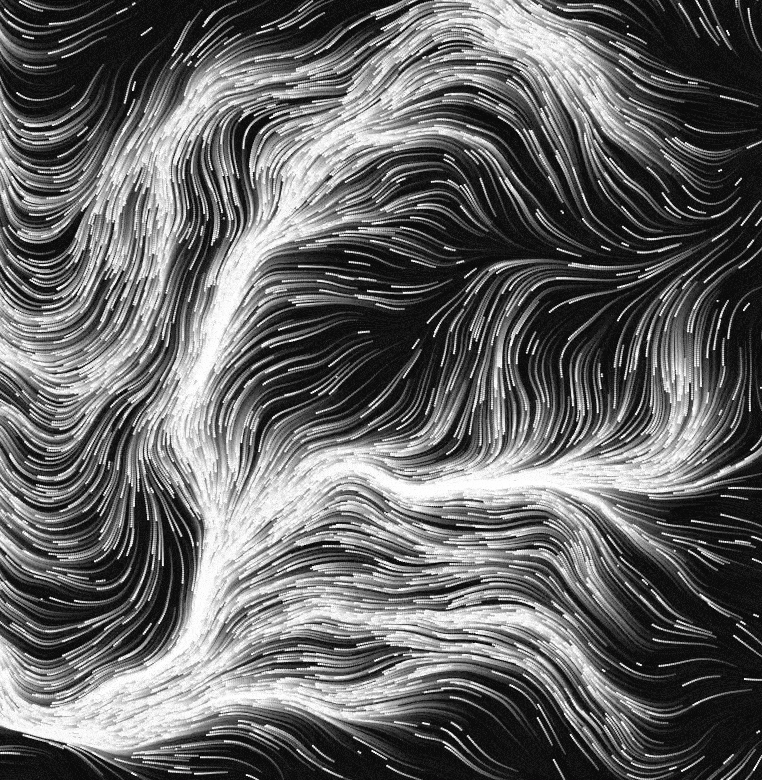
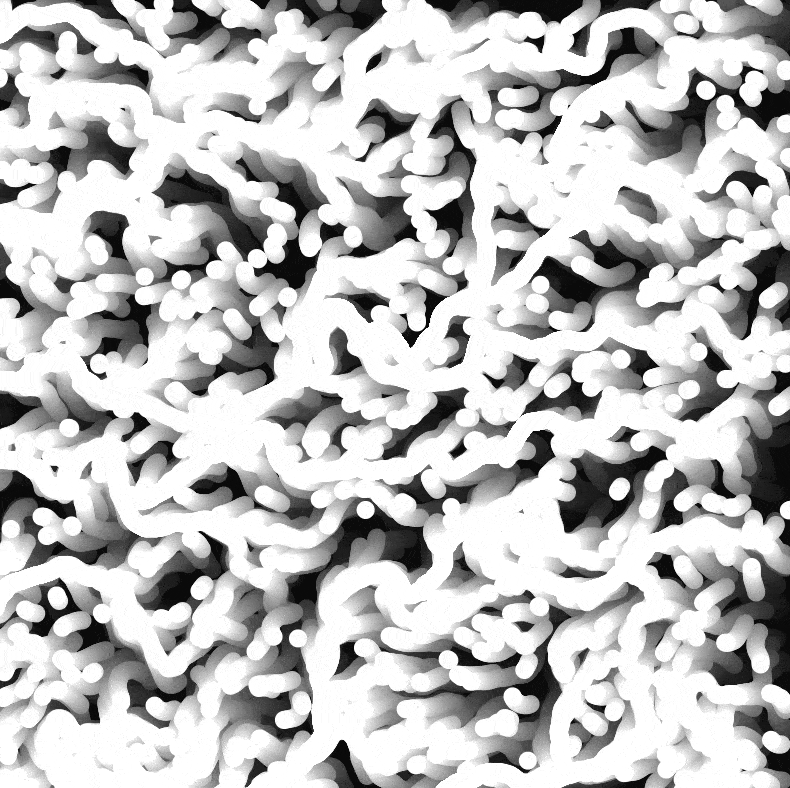
Mesh
The "Mesh" code generates a complex and intricate shape using Perlin noise. The algorithm maps points to two-dimensional coordinates, applies Perlin noise to each point, and then connects them using a curve. The result is a unique and visually captivating mesh-like shape that appears to be organic and alive, despite being generated entirely by code. The code uses randomness and chance to create an aesthetically pleasing and intricate pattern that is both beautiful and meaningful. This approach to generative art is just one example of how the concept of Apophenia can be used as a tool to unlock new possibilities in art and design. By tapping into the inherent beauty and complexity of seemingly random data, the "Mesh" code demonstrates how Apophenia can be used as a creative tool to generate visually striking and thought-provoking artwork. Here are three exmaples of the Mesh pattern I generated using p5js.
The "Mesh" code generates a complex and intricate shape using Perlin noise. The algorithm maps points to two-dimensional coordinates, applies Perlin noise to each point, and then connects them using a curve. The result is a unique and visually captivating mesh-like shape that appears to be organic and alive, despite being generated entirely by code. The code uses randomness and chance to create an aesthetically pleasing and intricate pattern that is both beautiful and meaningful. This approach to generative art is just one example of how the concept of Apophenia can be used as a tool to unlock new possibilities in art and design. By tapping into the inherent beauty and complexity of seemingly random data, the "Mesh" code demonstrates how Apophenia can be used as a creative tool to generate visually striking and thought-provoking artwork. Here are three exmaples of the Mesh pattern I generated using p5js.
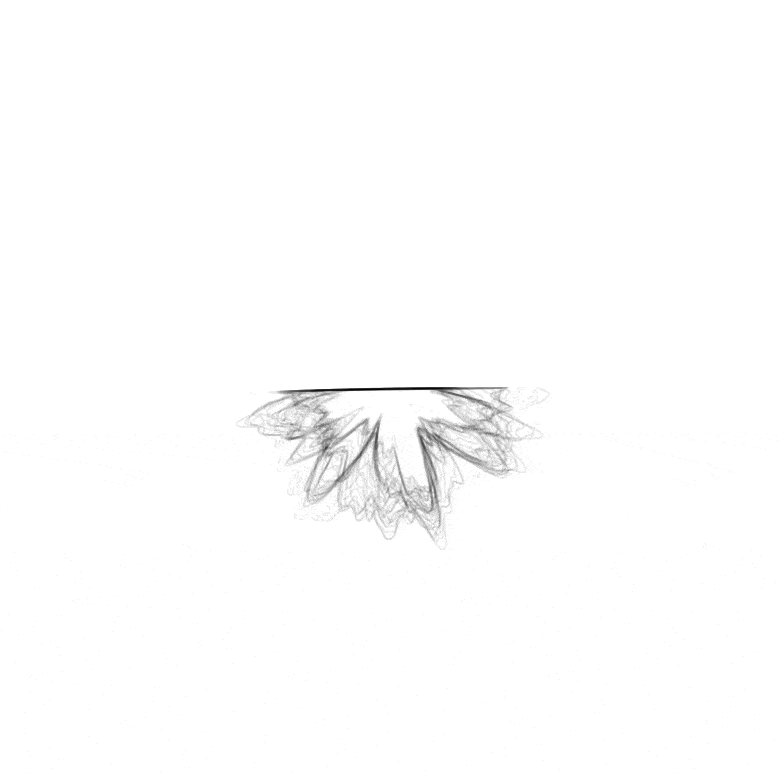

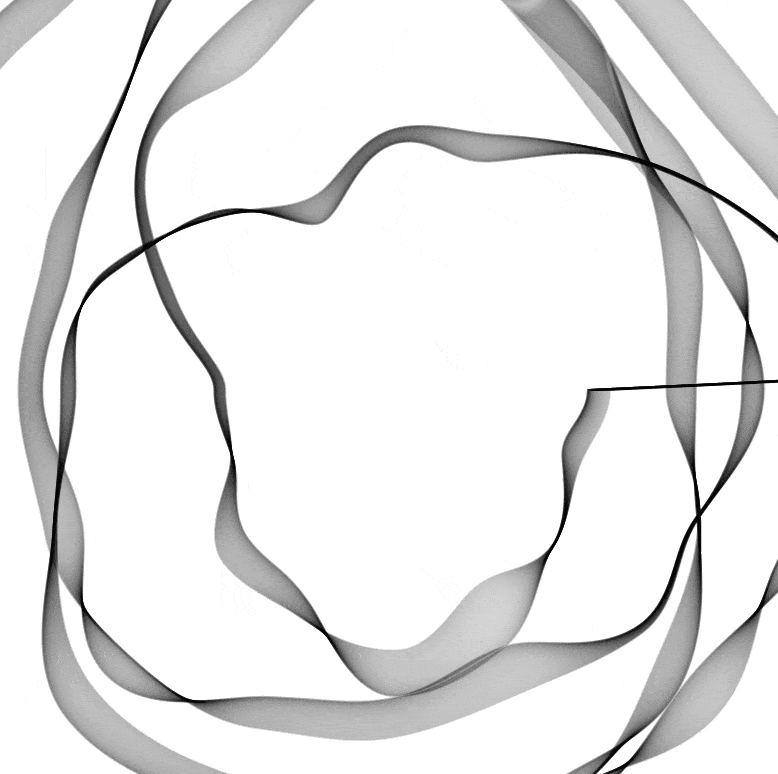
Archive
I made 21 different version of each generative code. Using the patterns, I wanted to create an archive with all the patterns as well as collect data by asking people what they see in the patterns. I gathered responses for each pattern and created a responses page on the website. I coded a website using languages like HTML, CSS and Javascript.
Feel free to check out the actual website.
Website Screens
I made 21 different version of each generative code. Using the patterns, I wanted to create an archive with all the patterns as well as collect data by asking people what they see in the patterns. I gathered responses for each pattern and created a responses page on the website. I coded a website using languages like HTML, CSS and Javascript.
Feel free to check out the actual website.
Website Screens
